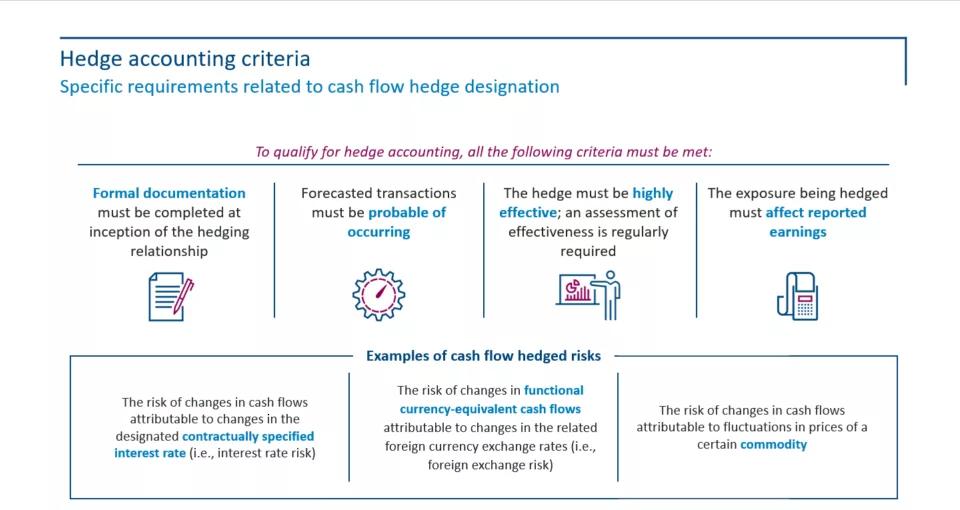Did you know that hedging is like wearing a raincoat while day trading—sometimes it's necessary, but if you overdo it, you might end up looking silly? In this article, we dive into whether hedging is a suitable strategy for beginner day traders. We’ll explore the benefits and risks associated with hedging, how it functions in day trading, and ways it can potentially reduce losses. We also highlight common hedging techniques, capital requirements, and the specific markets that may be better suited for beginners. Plus, we’ll discuss the right tools and platforms to support your hedging efforts, common mistakes to avoid, and alternative risk management strategies. With insights from DayTradingBusiness, you’ll gain the clarity needed to navigate this intricate strategy with confidence.
Is hedging a good strategy for beginner day traders?
Hedging isn't ideal for beginner day traders because it adds complexity and risks that beginners may not understand fully. It’s better to focus on mastering basic trading skills before using hedging strategies.
What are the risks of using hedging for beginners?
Hedging for beginners can limit potential profits, add complexity to trading, and lead to losses if not managed properly. It may cause confusion about trade directions, increase transaction costs, and require a good understanding of market movements. Beginners might overuse hedging, making their strategies more complicated and risking missed gains.
How does hedging work in day trading?
Hedging in day trading involves taking opposite positions to limit potential losses. For example, if you buy a stock, you might short a related asset or buy options to protect against a downturn. It reduces risk but can also cap potential gains. For beginners, hedging is complex because it requires understanding multiple instruments and market movements. It’s not typically recommended until you’re experienced, as improper hedging can increase costs and confusion.
Can hedging help reduce losses for new traders?
Hedging can help reduce losses for new traders by offsetting potential downside risks. It allows beginners to protect their positions when market moves are uncertain. However, it requires understanding complex strategies, so it may be risky if not used correctly. For beginners, mastering basic trading before hedging is advisable.
What are common hedging techniques for beginners?
Yes, hedging can be suitable for beginner day traders if they understand the risks and strategies. Common hedging techniques include using options like puts and calls to protect against price swings, trading opposite positions to offset potential losses, and employing stop-loss orders to limit downside. Beginners often start with simple strategies like buying protective puts or shorting a related asset to hedge their main trade.
When should a beginner consider hedging in day trading?
A beginner should consider hedging in day trading only after gaining experience, understanding market volatility, and mastering core trading strategies. It's risky for newcomers because improper hedging can lead to bigger losses. Usually, hedging is suitable when trading complex positions or during high volatility, but beginners should focus on building fundamentals first.
What are the pros and cons of hedging for new traders?
Hedging helps new traders manage risk by offsetting potential losses, providing a safety net. It can reduce emotional stress and prevent big swings in account balance. However, hedging is complex, often requiring quick decision-making and a good understanding of market movements. It can lead to higher transaction costs and might limit profit potential if not used carefully. For beginners, mastering basic trading skills is usually better before trying hedging strategies.
How much capital do you need to hedge effectively as a beginner?

As a beginner day trader, you typically need at least $10,000 in your trading account to hedge effectively, especially if trading stocks or options. This amount helps manage margin requirements and reduces the risk of a margin call. However, smaller accounts can hedge with careful position sizing and risk management, but it's riskier and less flexible.
Are there specific markets where hedging is more suitable for beginners?
Yes, beginner day traders often find hedging more suitable in markets like forex and commodities. These markets are more liquid and transparent, making it easier to manage risk with hedging strategies. Stocks can also work, but they require understanding of complex instruments like options. Start with small positions and simple hedging methods to avoid overwhelming yourself.
What tools or platforms support hedging for new traders?

Platforms like Thinkorswim, Interactive Brokers, and TD Ameritrade support hedging for new traders. These platforms offer options, futures, and margin tools to implement hedging strategies. However, hedging is complex and risky for beginners; it requires understanding market movements and cost implications.
How can beginners learn to implement hedging strategies safely?
Beginners can learn to implement hedging strategies safely by starting with small positions, thoroughly understanding market correlations, and practicing with simulated trading. Focus on clear risk management rules, such as setting stop-loss orders and limiting exposure. Educate yourself through reputable courses, tutorials, and real-world examples. Gradually test strategies in low-stakes environments before applying them to live trading.
What mistakes should beginners avoid when hedging?
Beginners should avoid overcomplicating hedging strategies, as it can lead to confusion and losses. Don’t hedge without fully understanding how it works, including the risks and costs involved. Avoid using large positions relative to your account size—small, manageable trades are safer. Don’t rely solely on hedging to recover losses; it’s a protective tool, not a profit generator. Lastly, skip emotional trading—stick to your plan and avoid impulsive adjustments when markets move.
Is hedging suitable for all types of day trading styles?

Hedging isn't suitable for all day trading styles, especially for beginners. It requires advanced knowledge of market movements and quick decision-making. Beginners may find it complex and risky, as it can limit potential gains and increase losses if not managed properly.
How does hedging impact a beginner’s overall trading performance?
Hedging can limit losses but also caps potential gains, making it risky for beginners. It adds complexity to trading, which beginners may struggle to manage effectively. Without experience, beginners might overuse or misuse hedging, leading to confusion and losses. Overall, hedging isn’t usually suitable for beginners because it requires advanced understanding of market movements and risk management.
Learn about Can hedging improve overall trading performance?
What alternative risk management strategies are better for beginners?
For beginners, using stop-loss orders and position sizing is safer than complex hedging. Stop-loss orders limit downside risk without advanced strategies. Proper diversification reduces exposure to single assets. Focus on simple risk controls rather than intricate hedging.
Conclusion about Is hedging suitable for beginner day traders?
In summary, hedging can be a valuable strategy for beginner day traders, but it comes with risks that must be carefully considered. Understanding how hedging works, identifying appropriate techniques, and knowing when to implement them are crucial for minimizing losses. While it can enhance risk management, it’s essential to approach hedging with caution and proper education. For those looking to deepen their knowledge and skills in trading, DayTradingBusiness offers valuable resources to navigate these strategies effectively.